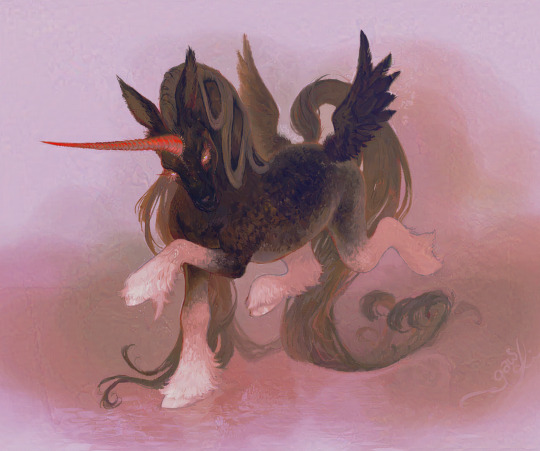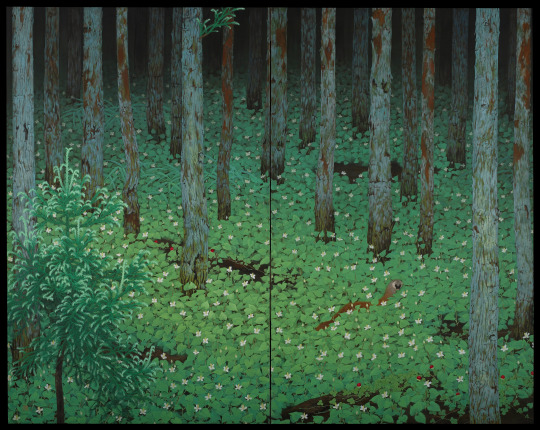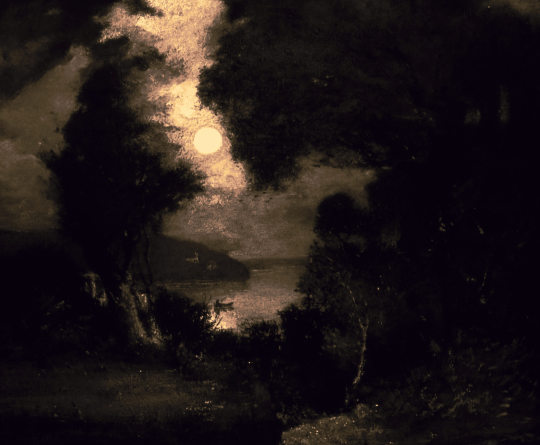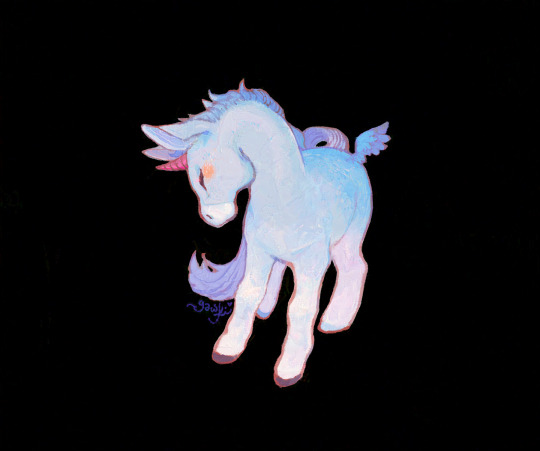#Minneapolis art
Explore tagged Tumblr posts
Text

Detail crop from my contribution to this year’s Posters for Parks 🍁 The show opens this Saturday!
#poster#poster art#poster design#posters for parks#posters for parks 2023#illustration#screen print#screenprint#screenprinting#screen printing#printmaking#print#silkscreen#silkscreen print#minneapolis art#minneapolis artist#twin cities art#twin cities artist
24 notes
·
View notes
Photo

"Fluttering Thoughts" by Sadee Bee on INPRNT
#art#print#illustration#artist#sadee bee#fairies#surrealism#collage#fairy#digital collage#original art#collage art#surreal art#original collage art#queer artist#weird art#black artist#fairy art#minneapolis art#collage wall art#inprnt
2 notes
·
View notes
Text


any twin cities folks are welcome to swing by! i will have work in this! graphics by lynaea
0 notes
Text

Night Mare
#artists on tumblr#painting#unicorn#clydesdale#digital painting#alicorn#pegacorn#digital art#oc#art#clip studio paint#drawing#mom#she's raising those 3 baby unicorns#lowkey fantasia inspired#unicorn art show#minneapolis
44K notes
·
View notes
Photo

In the heart of Minneapolis, a minimalist abstract canvas by yomagick (2017) whispers tales of urban solitude and vibrant city life.
2K notes
·
View notes
Text

minnesota hatsune miku. mikusota
703 notes
·
View notes
Text

Mori (Forest), Katayama Bokuyo, 1928
#art#art history#Asian art#Japan#Japanese art#East Asia#East Asian art#Katayama Bokuyo#landscape#forest#folding screen#ink on silk#Showa period#Showa era#20th century art#Minneapolis Institute of Art
5K notes
·
View notes
Text

The Minneapple (1981)
#postcard#minneapolis#minnesota#twin cities#downtown#travel#midwest#aesthetic#history#wanderlust#vintage#art
203 notes
·
View notes
Text

Lakewood Cemetery Chapel, domed ceiling
Minneapolis
#lakewood cemetery#byzantine art#mosaic#lensblr#imiging#photographers on tumblr#original photographers#luxlit#isu#minneapolis#convex concave
192 notes
·
View notes
Text




The backside of a freeway sound barrier wall near Minneapolis.
612 notes
·
View notes
Text

⚠️ Today’s the last call for Posters for Parks purchases — online sales of this year’s prints end at midnight tonight!
Many thanks to all those who have already picked up a poster and supported Minneapolis parks 🙌
#poster#poster art#poster design#posters for parks#posters for parks 2023#illustration#screen print#screenprint#screenprinting#screen printing#printmaking#print#silkscreen#silkscreen print#minneapolis art#minneapolis artist#twin cities art#twin cities artist
10 notes
·
View notes
Text

Edit after Elliot Daingerfield (Moonlight Landscape) (Minneapolis Institute of Art) (Ed. Lic.: CC BY-NC 3.0)
#classical art#moonlight#moon#night#reflection#water#landscape#new pd edit#minneapolis institute of art#CC BY NC
789 notes
·
View notes
Text

Went on the Wedge Cat Tour in Minneapolis w/ @bayuubee . it was like two hours of this, it was amazing.
#my art#minneapolis#again I am Minnapolis's number one hype man here on Tumblr#So many cats#hundreds of people lined the streets for this
313 notes
·
View notes
Text

Tiny Blue Unicorn
#artists on tumblr#painting#unicorn#foal#baby#cute#oc#pony#pegacorn#alicorn#small#art#clip studio paint#unicorn art show#Minneapolis
5K notes
·
View notes
Text









“i don’t think that graffiti is vandalism; i think it’s a beautiful form of self-expression.”
- keith haring <3
#uh oh abby's on studyblr again#campus#twin cities#chaotic academia#college#aesthetic#graffiti#graffiti art#chaos academia#academia#keith haring#art#city life#city#college aesthetic#college student#lgbtq community#queer community#spray paint#free palestine#fall vibes#fall#cityscape#minneapolis#minnesota#street photography#street art#rats#rat#student life
124 notes
·
View notes
Text

Ukrainian emigrant shows the traditional technique of decorating a Pysanka with melted wax to a group of children in Minneapolis, USA, 1941
#vintage photography#1940s#pysanka#Ukrainian diaspora#minneapolis#usa#Ukrainian folk arts#easter egg
336 notes
·
View notes